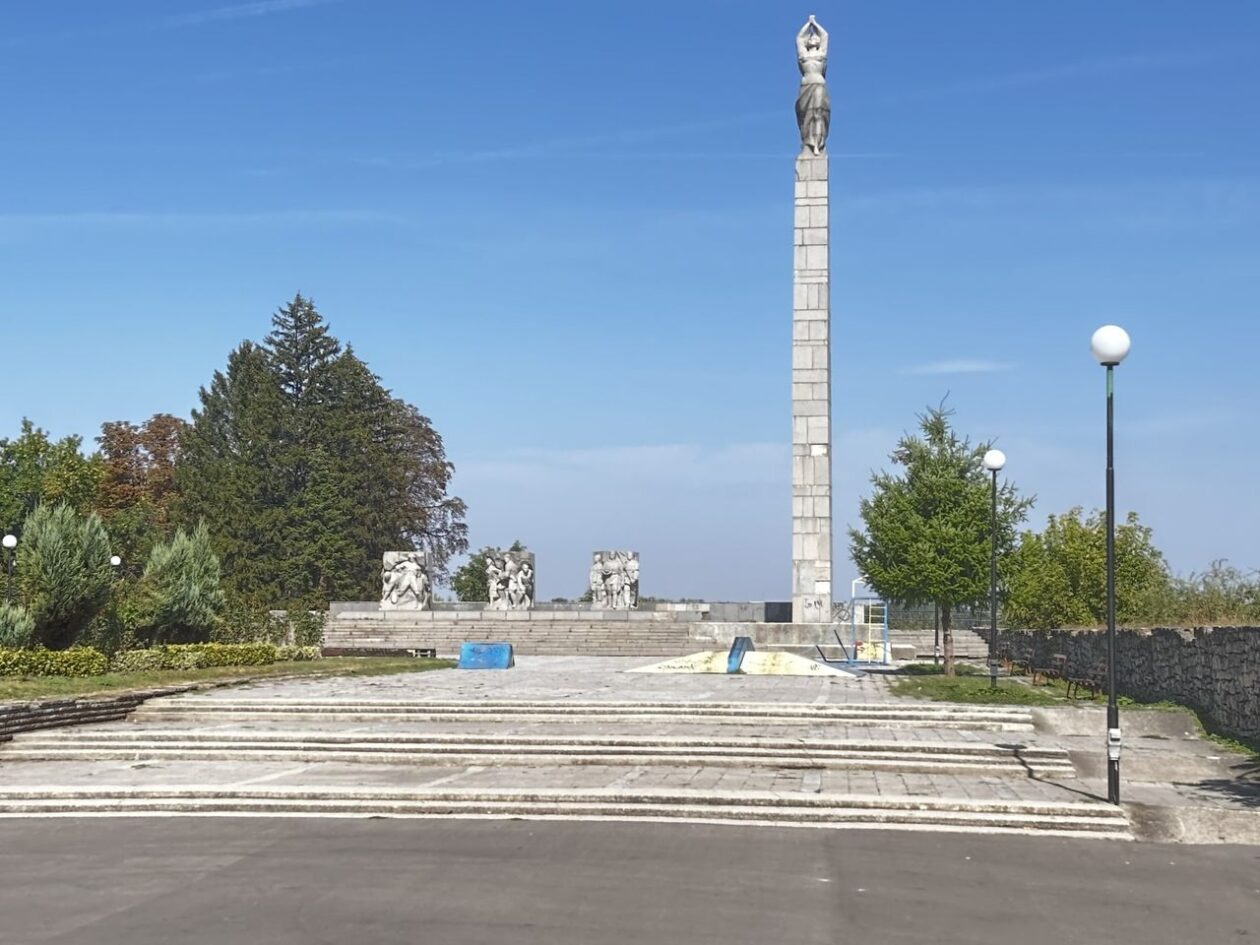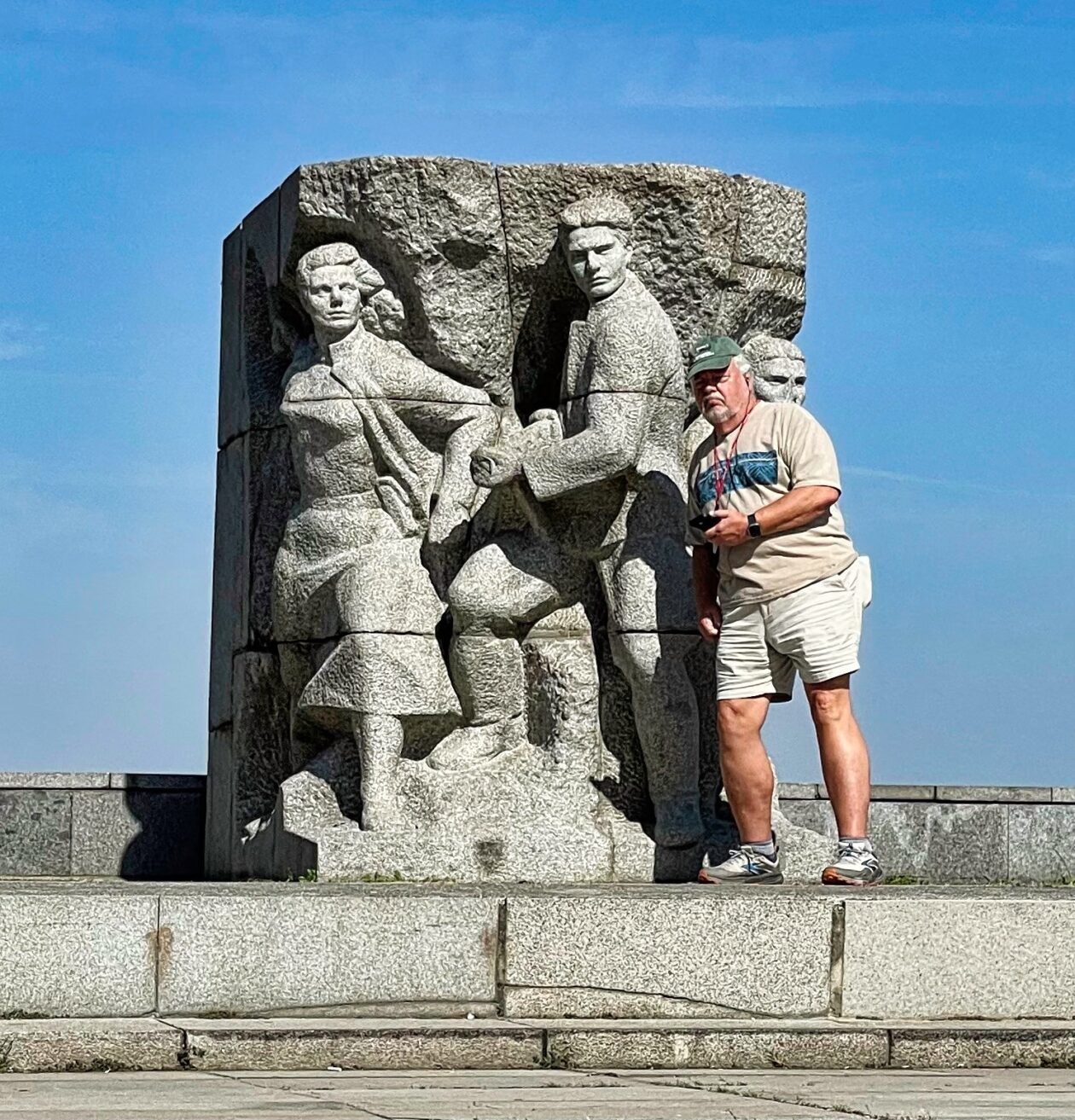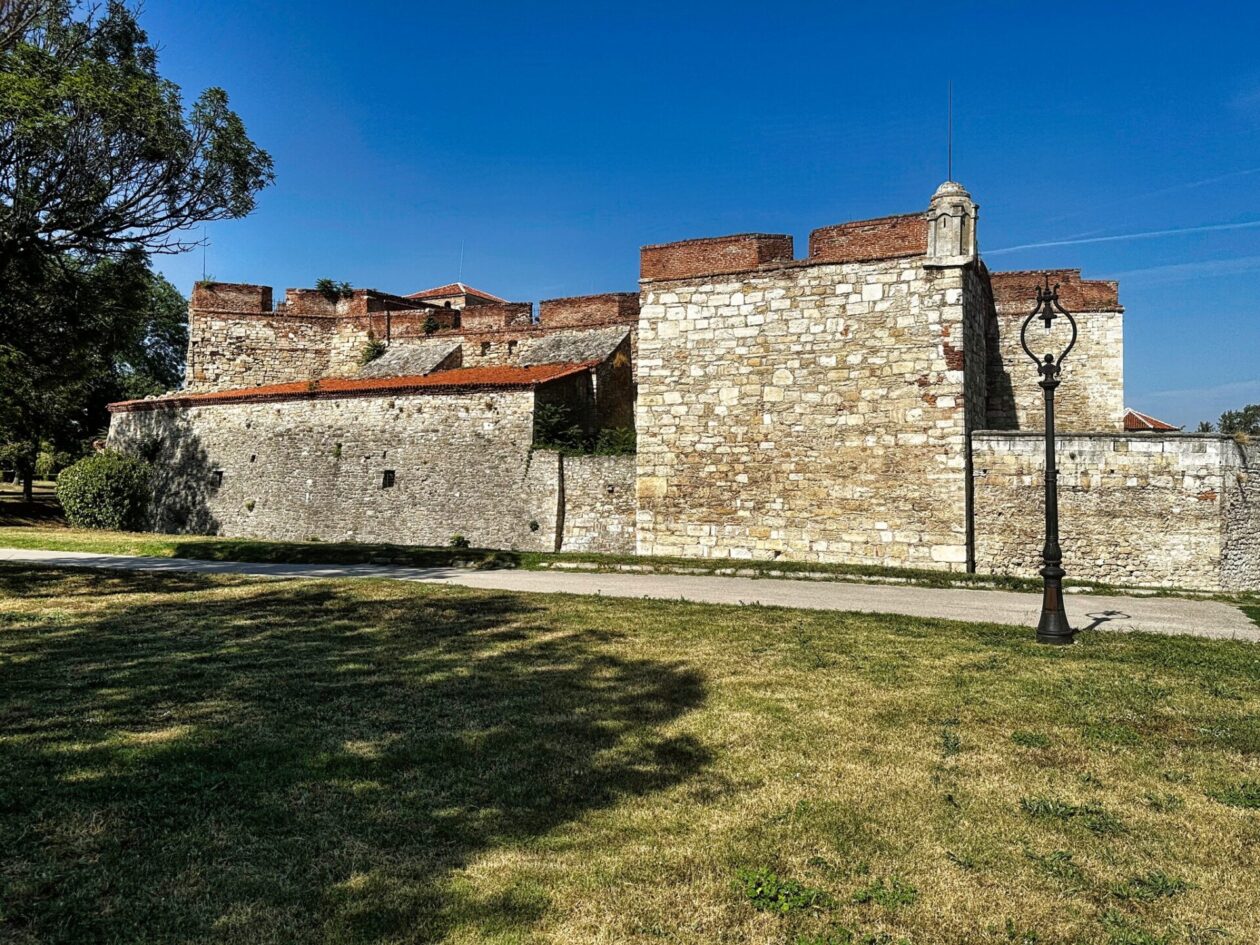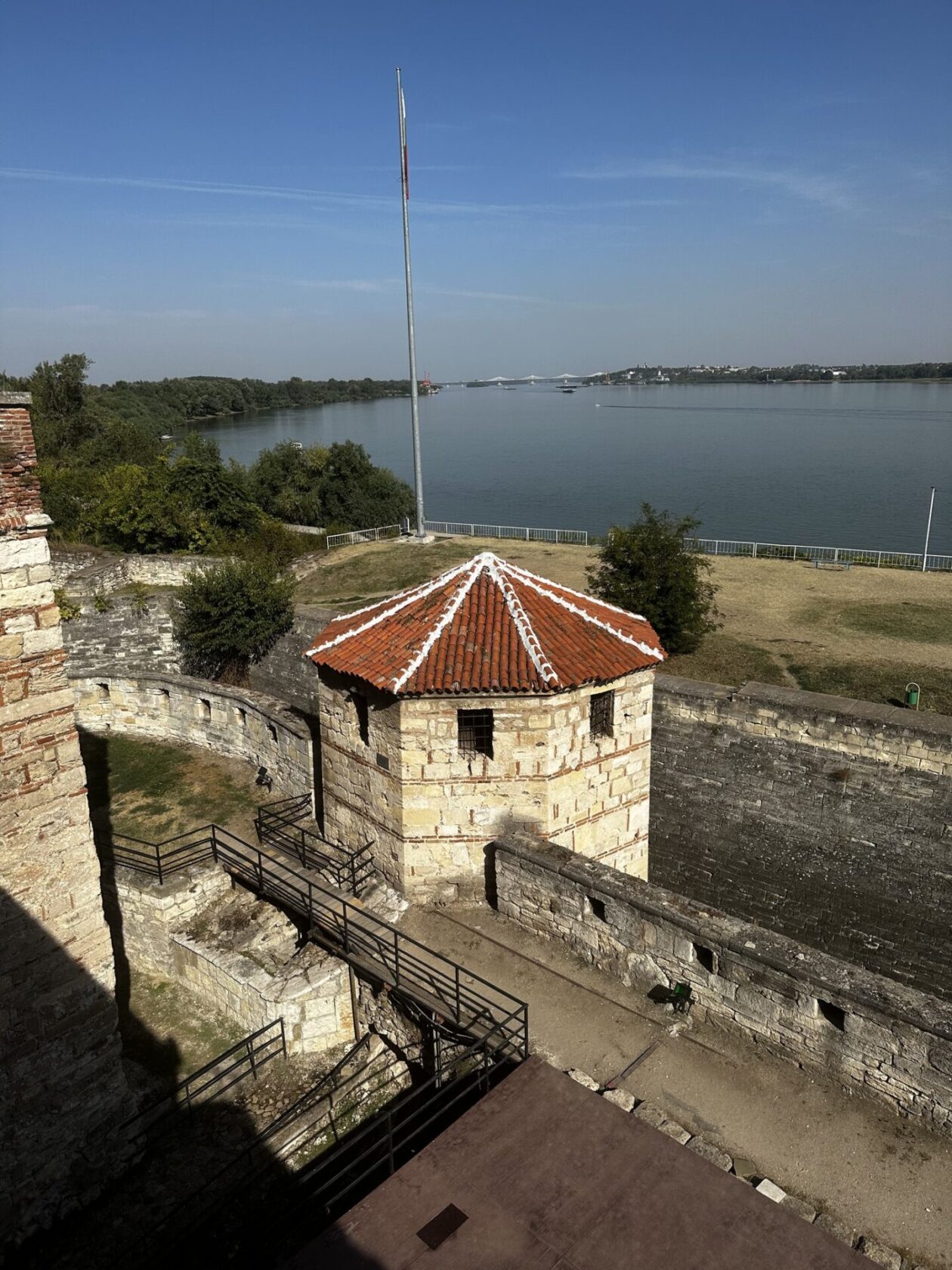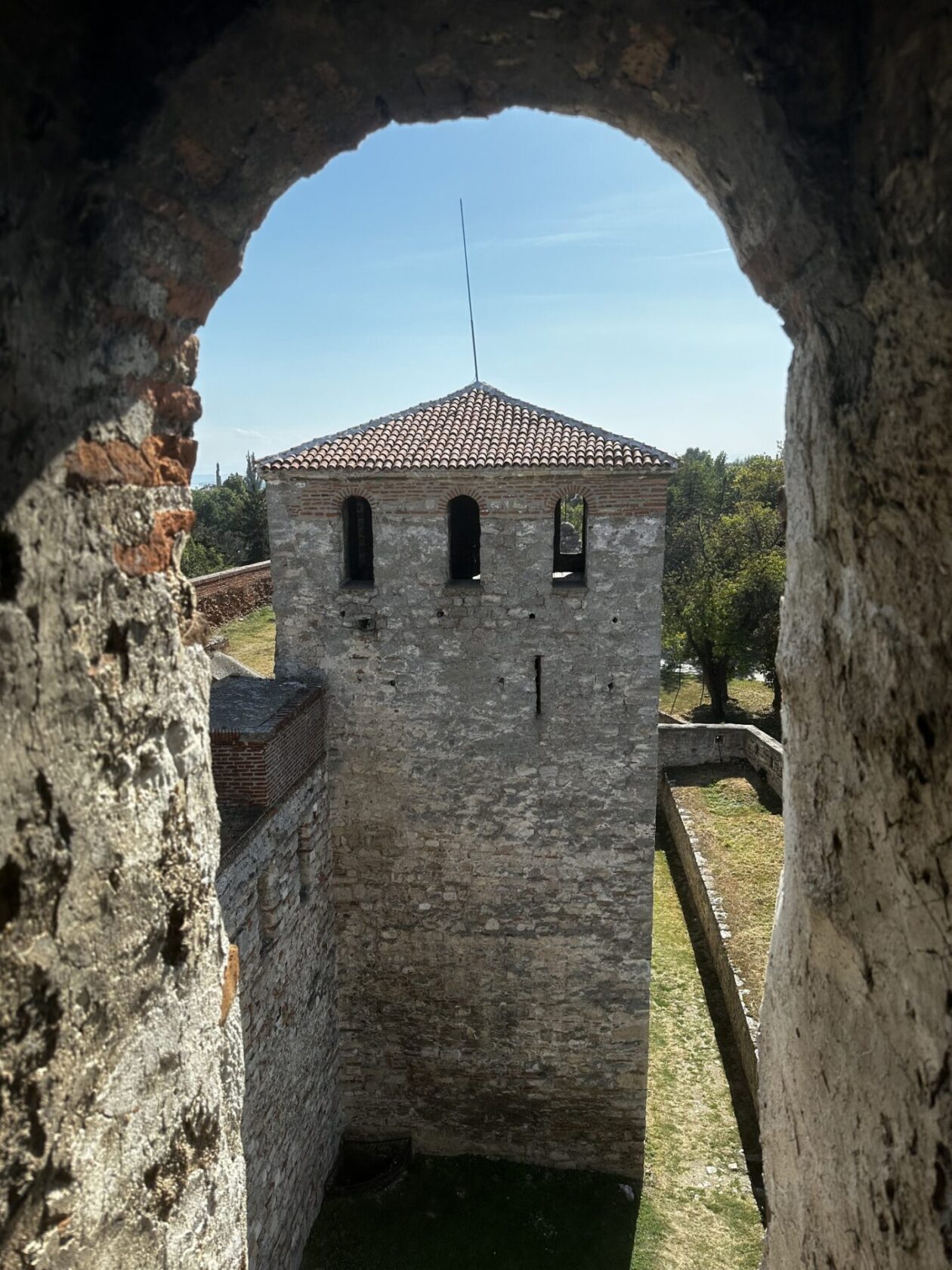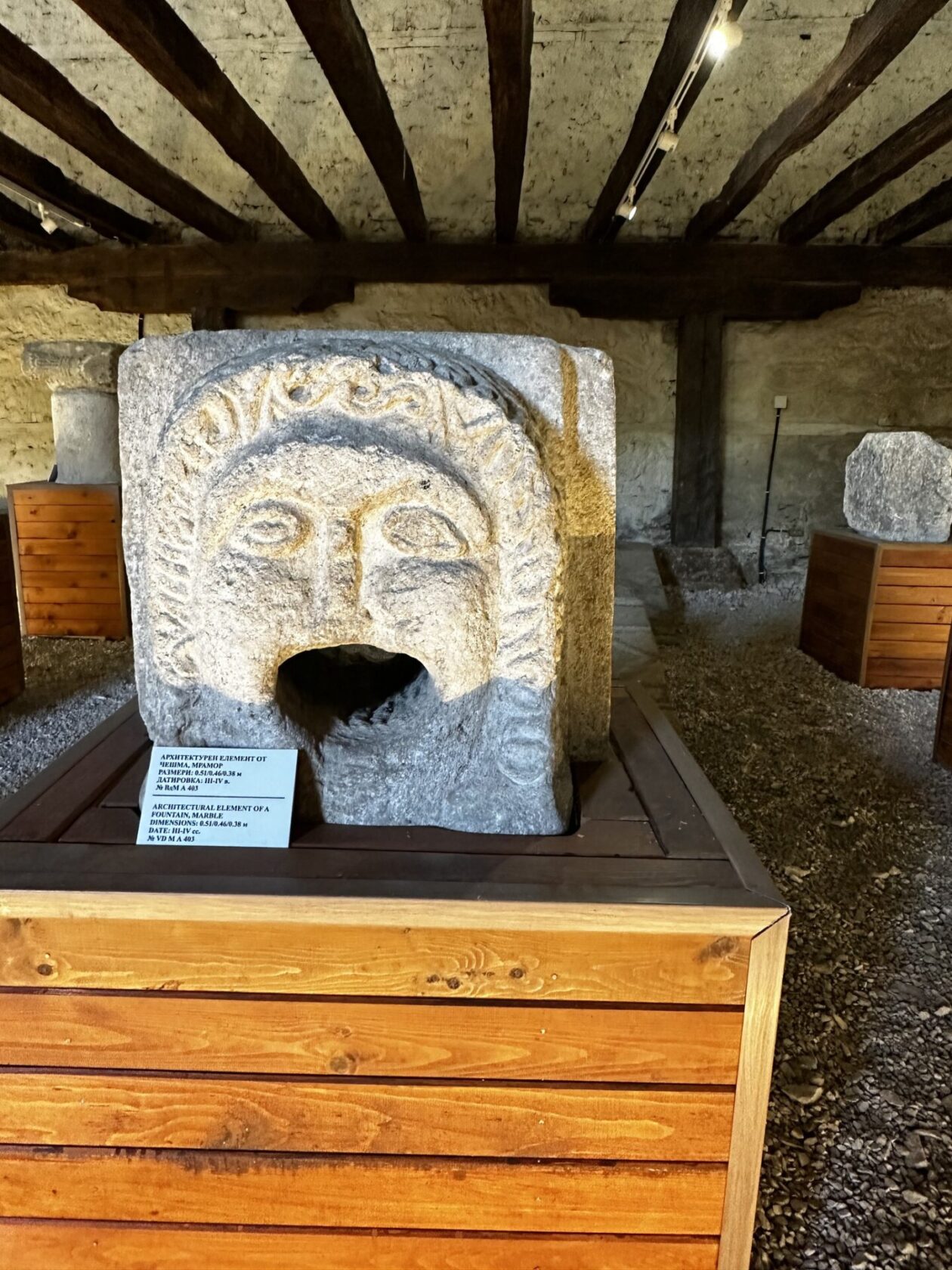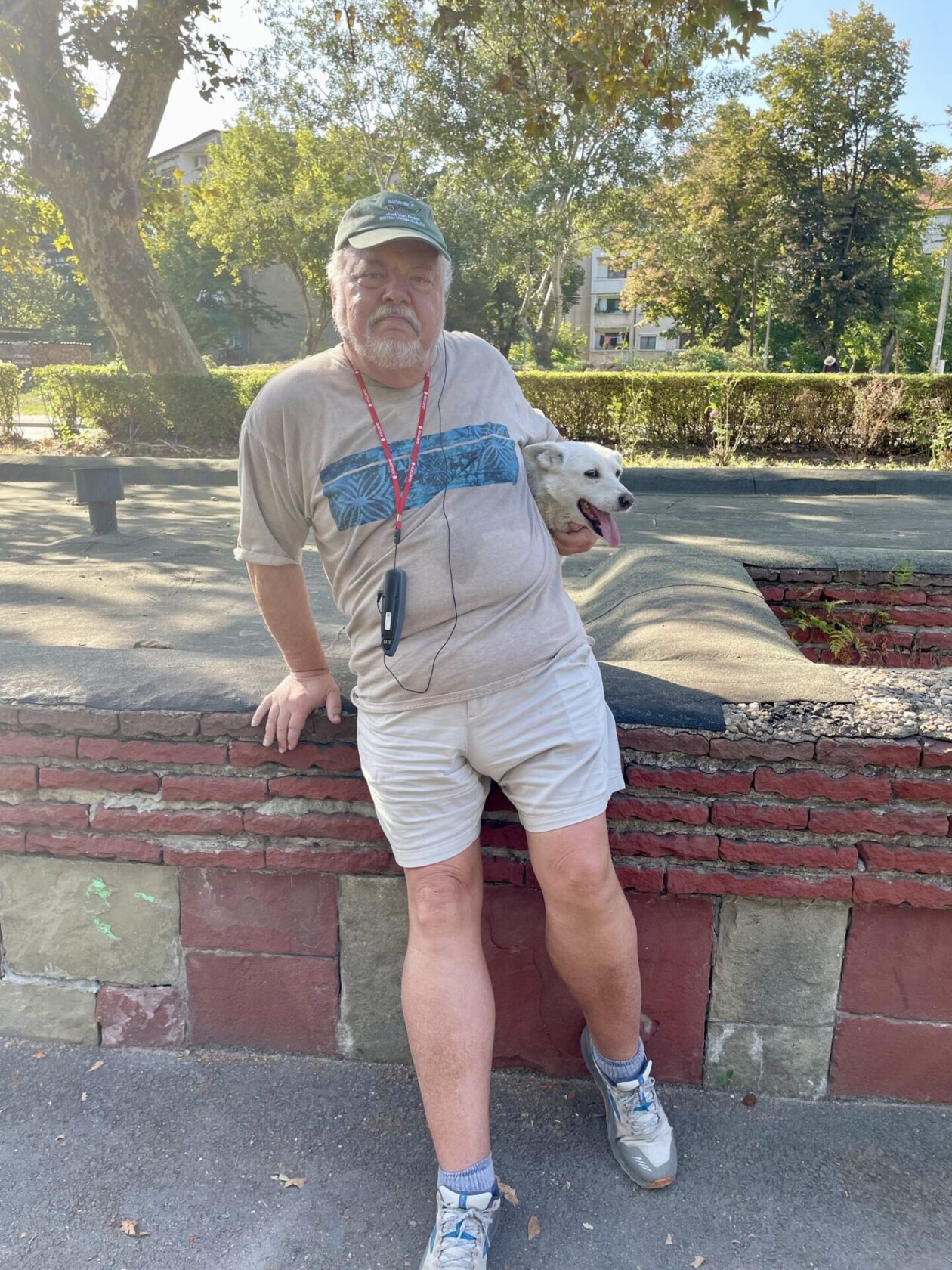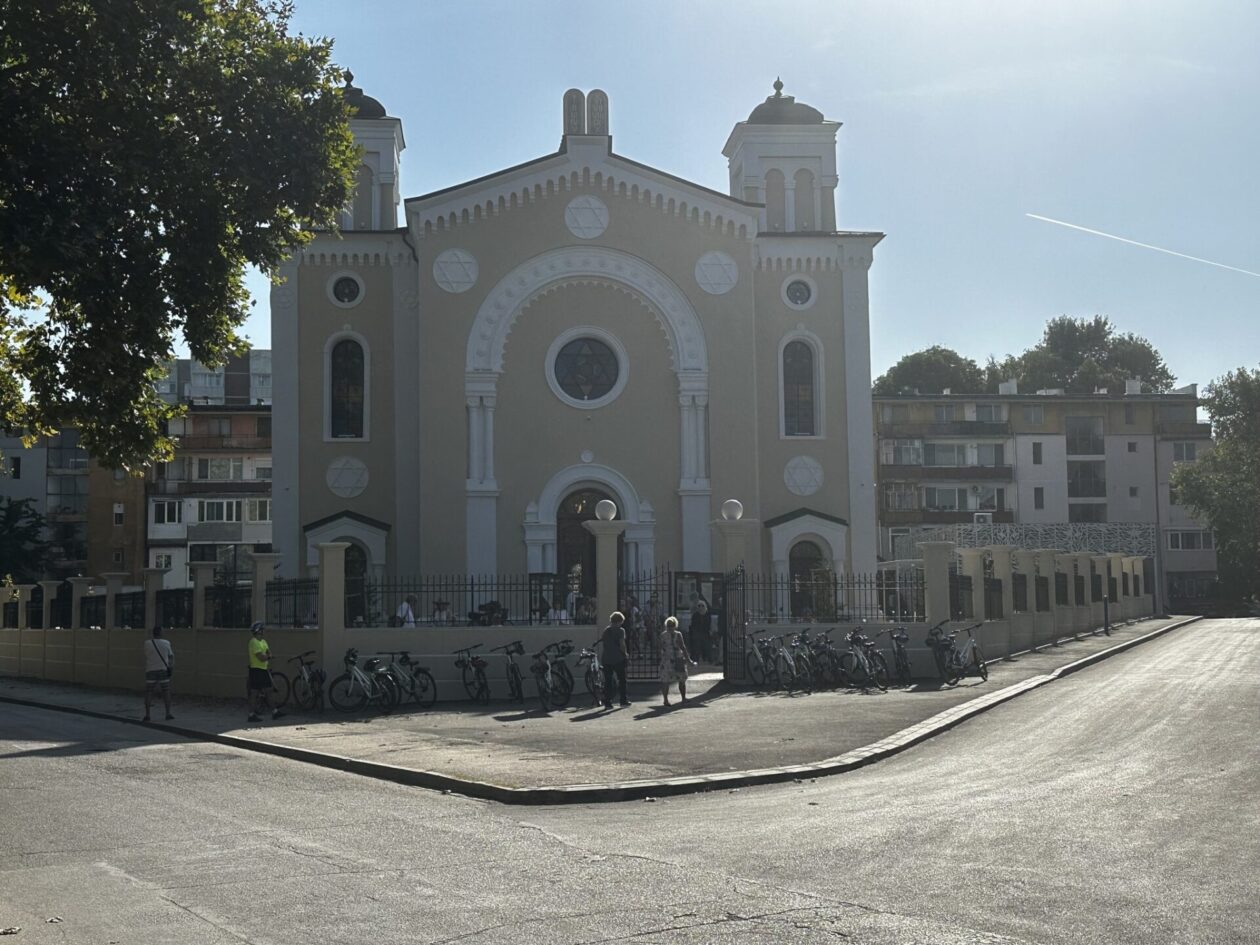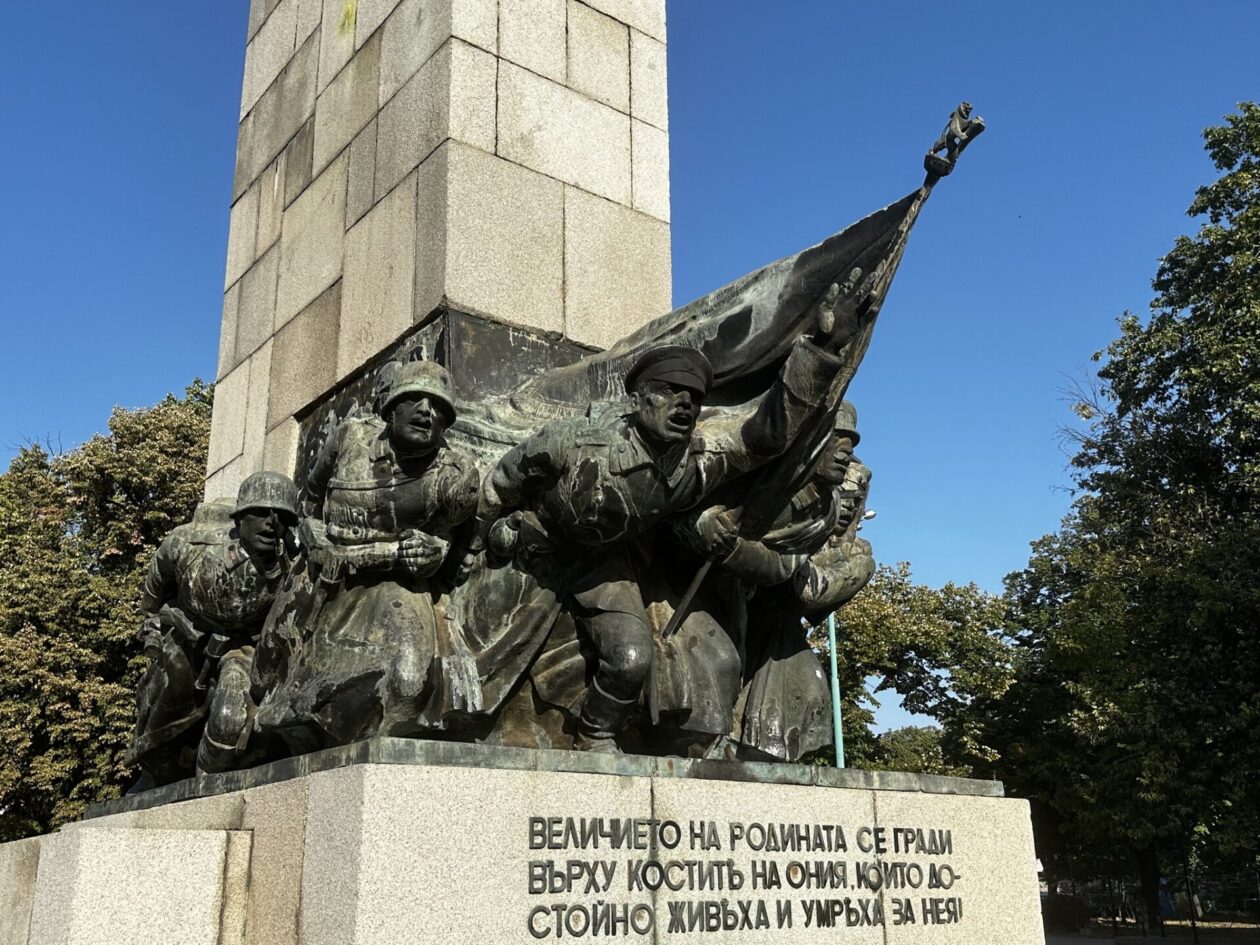- The start of our Pan European Sojourn
- And we’re off — first stop Palma de Mallorca!
- Alicante, Spain
- Sète and Aigues Mortes, France
- St. Tropez and Gassin, France
- Portofino and Camogli, Italy
- Paris and Angers, France
- Bucharest, Romania
- Into the Carpathian Mountains — Peles Castle
- Brasov and Sighisoara, Romania
- Bran Castle and the legend of Dracula!
- Vidin, Bulgaria
- Valiko Tarnavo and Arbanasi, Bulgaria
- Rolling down the (Danube) river and Golubac Fortress, Serbia
- Belgrade, Serbia
- Novi Sad, Serbia and Vukovar, Croatia
- Pécs, Hungary
- Budapest, Vienna, and end of trip
After the longest sailing day on the Danube, we arrived in the regal town of Viden, located in northwestern Bulgaria. This area has been continuously inhabited since the time of the Romans because of it’s strategic positioning in a bend in the Danube across from Romania. Consequently, it has been known as the “Danube’s Eternal Guardian.” We took a walking tour of the city. The most significant structure there was Baba Vida fortress — considered the best preserved in Bulgaria. The fort was built on the ruins of the ancient town of Bononia, with subsequent additions by the Bulgarians, the Austro Hungarians, and the Ottoman Turks. A separate warehouse was built by the Ottomans for food and ammunition storage that today houses gravestones dating back to Roman times. After independence through the fort was used by the Army and people weren’t allowed in. After excavations and renovation, the fort was finally opened in the late 1950s. We also visited the Triangle of Religious Tolerance, made up of synagogue, mosque, and the Orthodox Bishopric’s church and complex. Only the latter one is still used for religious purposes — the others are now civic spaces. The tolerance comment is important though. While Bulgaria was allied with the Germans in World War II, they refused to send their Jewish population to Germany or any of the other concentration camps. I believe they are the only European country to do that. Finally, there are still a number of monuments that were erected by the Soviets that still remain standing. They are focused on anti-fascist messages. We finished the evening with a troupe of local dancers and singers, performing traditional songs and dances. A short, but interesting stop.
